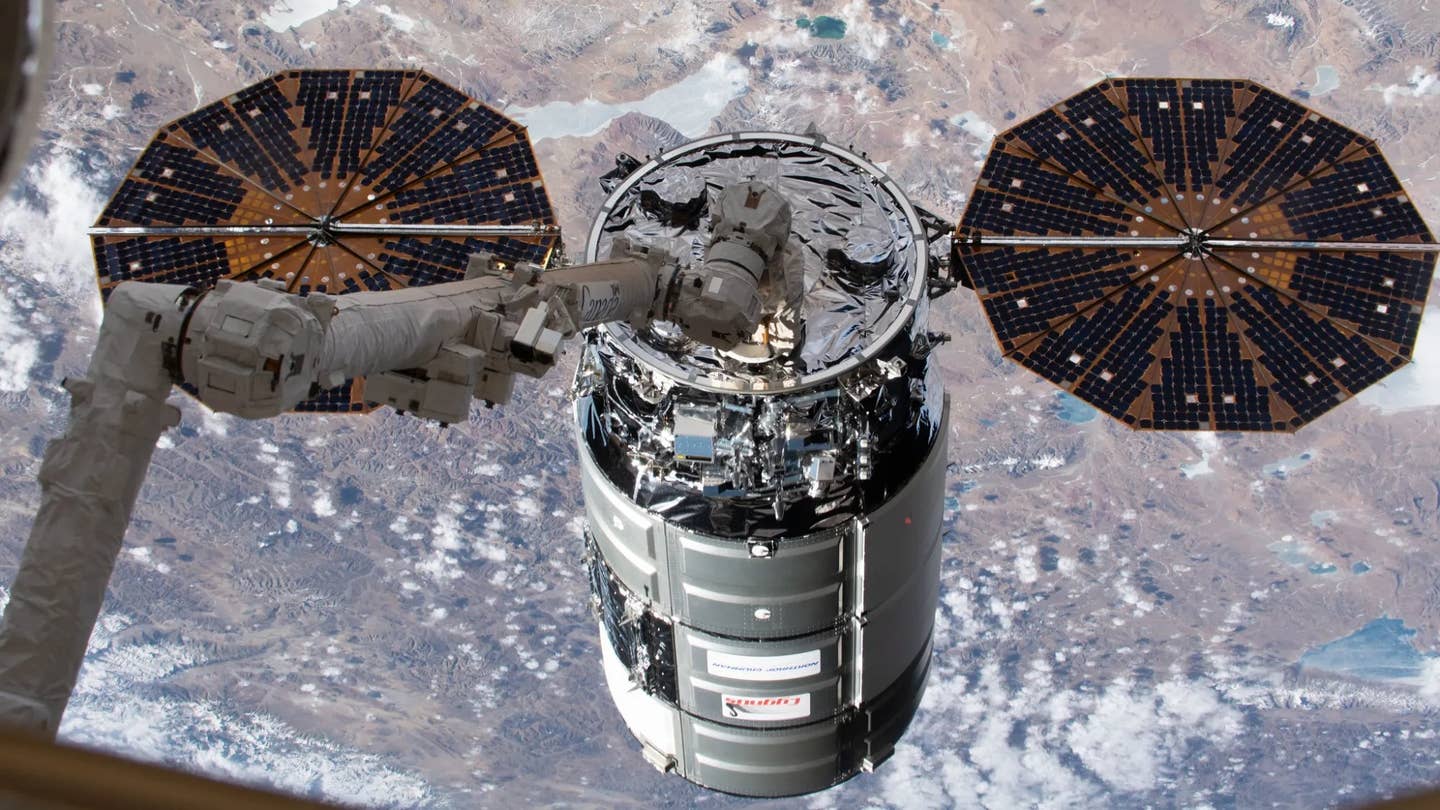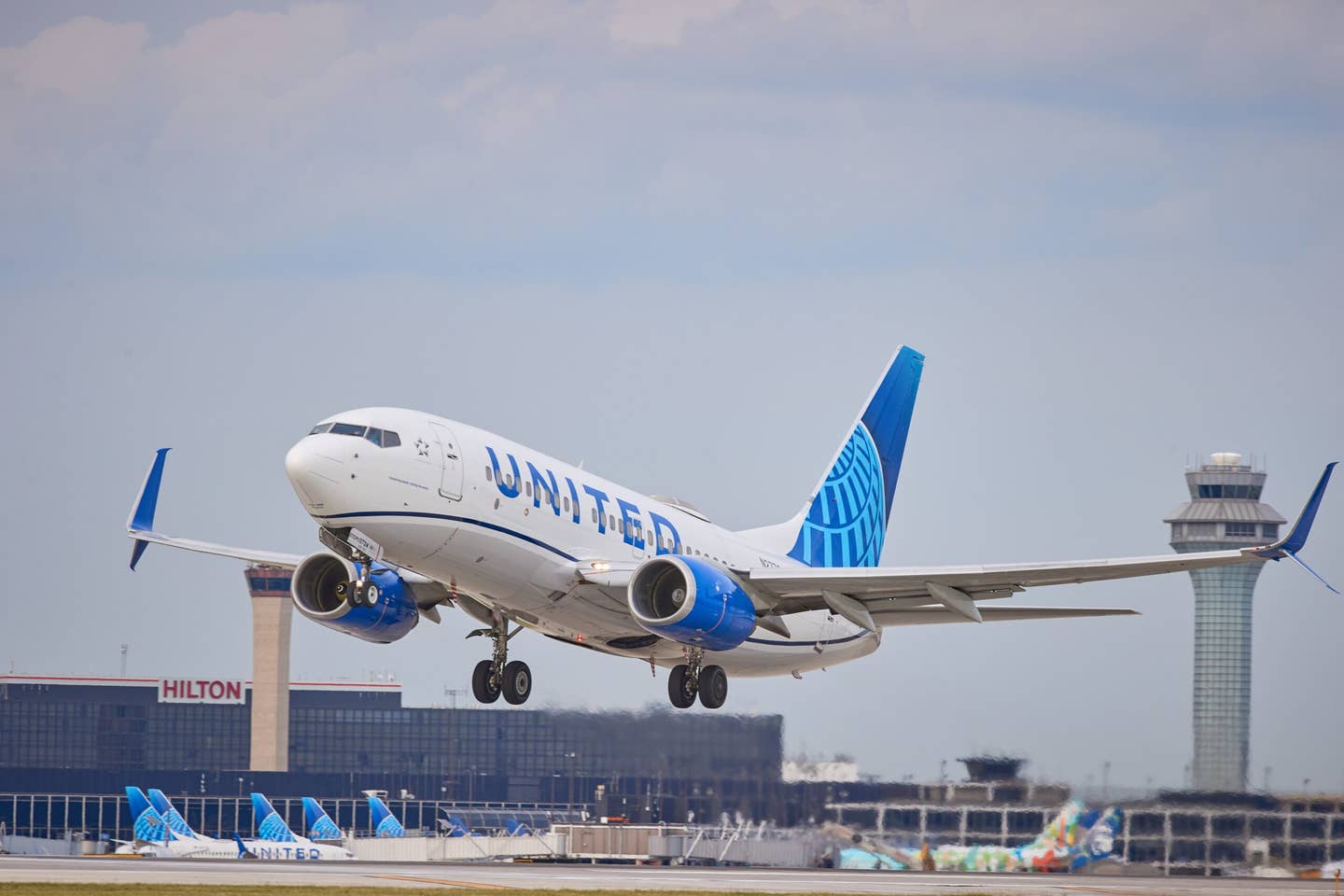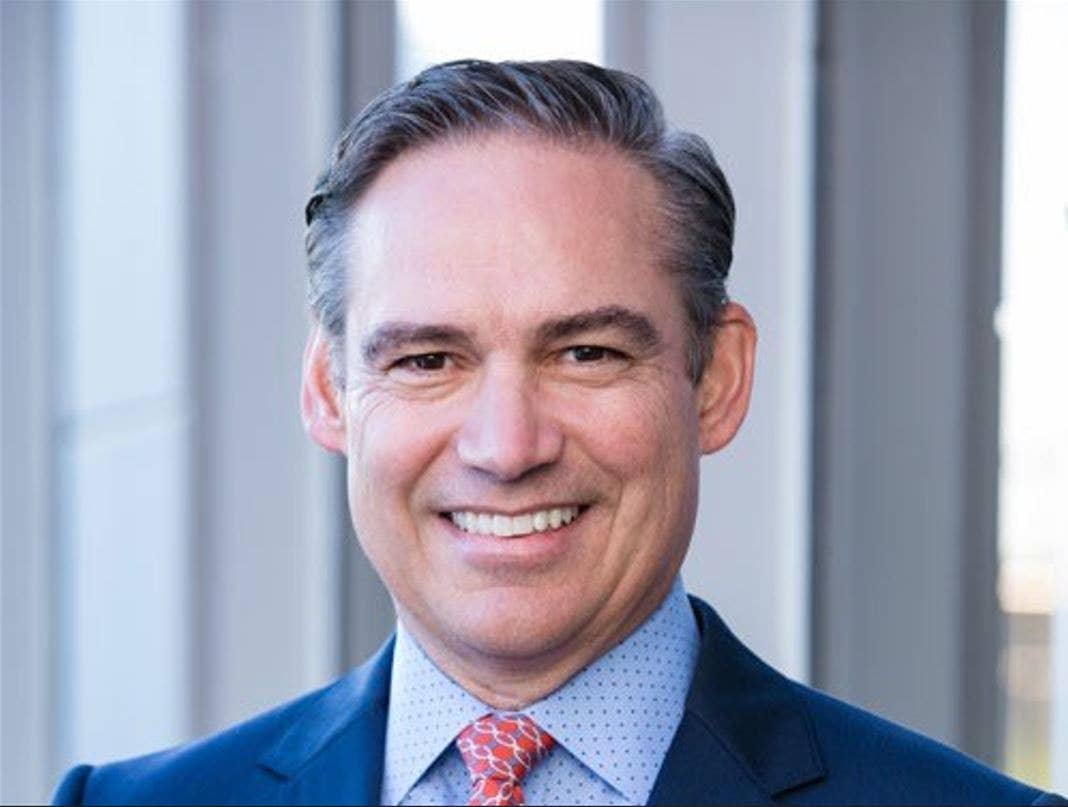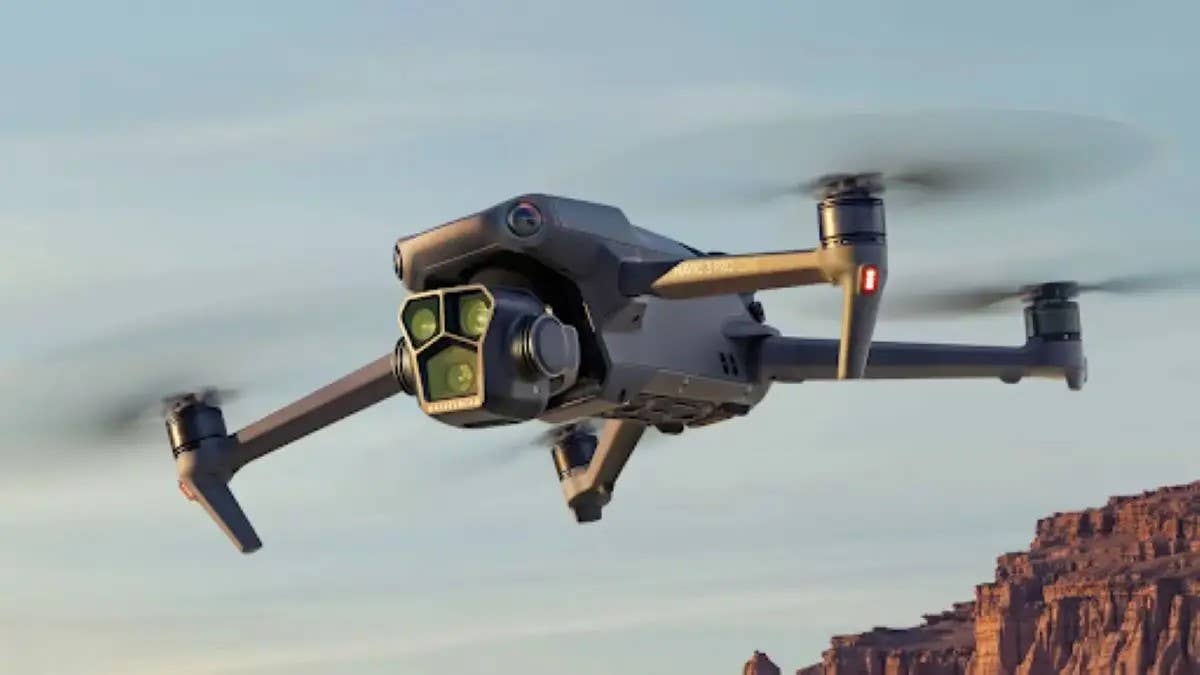Stuck Boeing Starliner Completes Thruster Testing on Orbit
The Boeing spacecraft was supposed to remain at the International Space Station for eight days but has seen its stay extended to nearly two months.
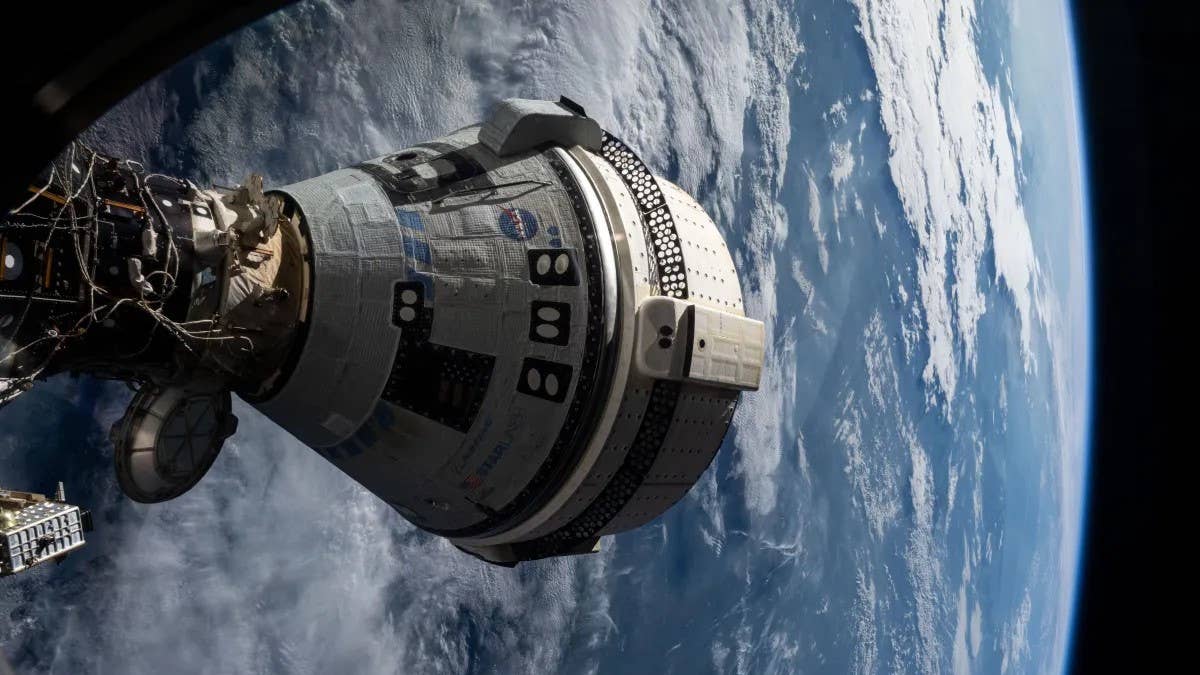
Boeing’s Starliner over the weekend completed what could be a critical hot fire test. [Courtesy: NASA]
A Boeing spacecraft responsible for returning two NASA astronauts to Earth has contended with an array of issues that have extended its stay on the International Space Station from eight days to nearly two months. Over the weekend, though, engineers conducted a test that could be critical in bringing home NASA astronauts Butch Wilmore and Suni Williams.
Boeing’s CST-100 Starliner—a semireusable spacecraft under a multibillion-dollar contract with NASA for Commercial Crew rotation missions to the ISS—underwent a hot fire test on Saturday intended to evaluate the capsule’s reaction control system (RCS) thrusters. The vessel is in the midst of its crewed flight test (CFT), which is intended to be its final mission before NASA certifies it for service.
On its way to the orbital laboratory, five of Starliner’s RCS thrusters failed to perform as expected, which, coupled with a series of helium leaks, has led NASA and Boeing to keep the spacecraft at the ISS for further testing both on the ground and in orbit. The issues are traced to the spacecraft’s service module, which, unlike the semireusable crew module, will be jettisoned and lost at the end of the mission.
Starliner had already undergone one on-orbit hot fire test in June. According to Steve Stich, manager of NASA’s Commercial Crew program, all thrusters, except for one which has been shut down, performed at 80 to 100 percent during that test. Stich in July said the space agency continues to hold that assessment.
However, it appears the test was not satisfactory for NASA and Boeing, which last month began hot fire ground testing at White Sands Test Facility Test Facility in New Mexico. The campaign is using an identical thruster to recreate the cadence of Starliner’s thrusters during its docking with the ISS, which engineers believe is the maneuver that caused the issue.
As part of those evaluations, officials suggested there could be a second hot fire test of Starliner on orbit, which came to fruition Saturday. With Wilmore and Williams inside the spacecraft, teams fired 27 of the service module’s 28 RCS thrusters one at a time.
The test showed that all thrusters are back to preflight levels, firing at 97 to 102 percent of peak thrust according to Boeing. In addition, engineers confirmed that helium leak rates remain stable and that the spacecraft has more than enough fuel for its return trip.
Boeing predicted that a flight test readiness review will take place by the end of this week, following which teams will select a return date. Wilmore and Williams will also participate in two undocking simulations during the week in preparation for their homecoming.
The astronauts in July gave their first Earth-to-orbit update since arriving at the ISS, saying they are in good spirits and have been in contact with their families.
Like this story? We think you'll also like the Future of FLYING newsletter sent every Thursday afternoon. Sign up now.
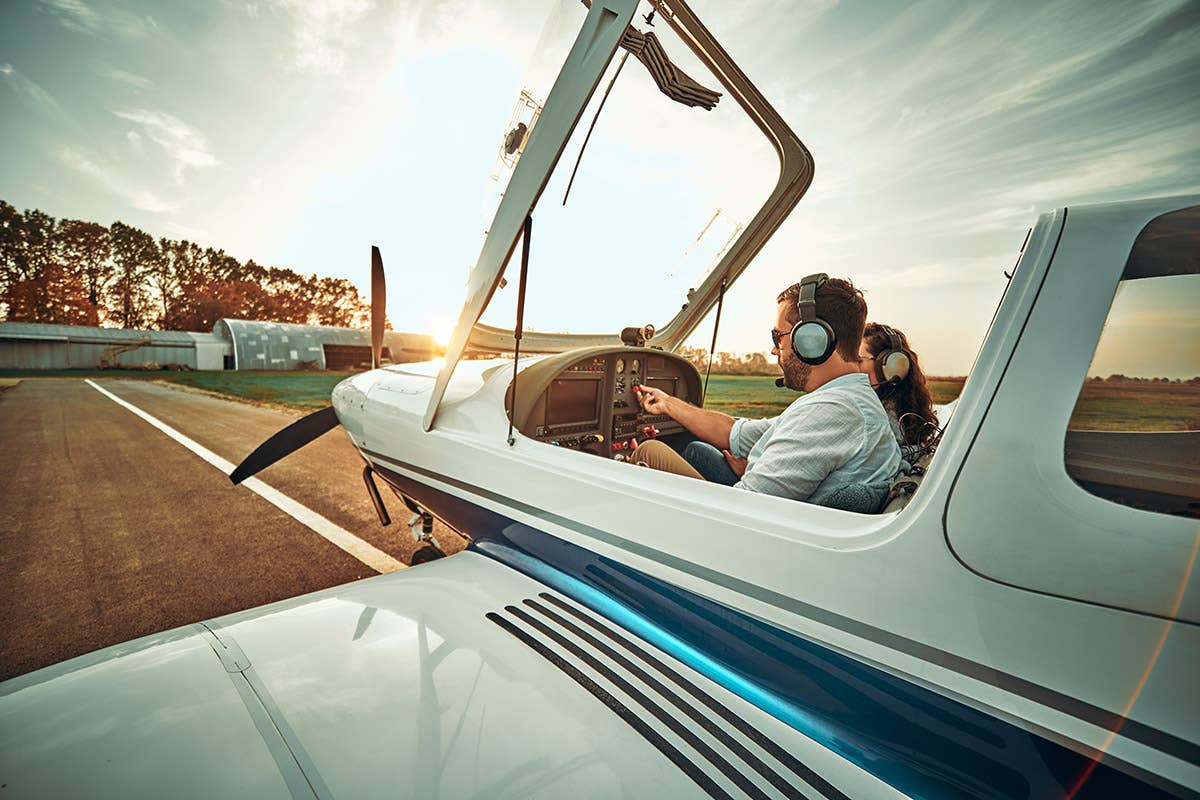
Subscribe to Our Newsletter
Get the latest FLYING stories delivered directly to your inbox

